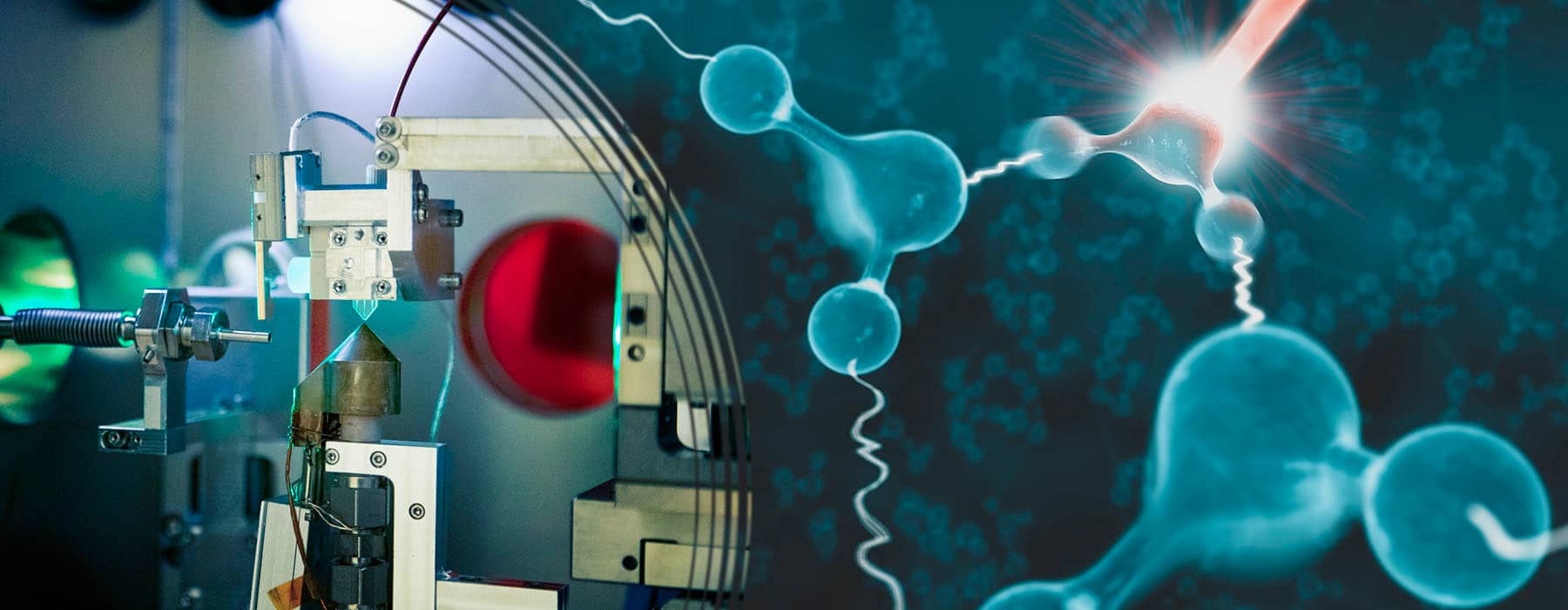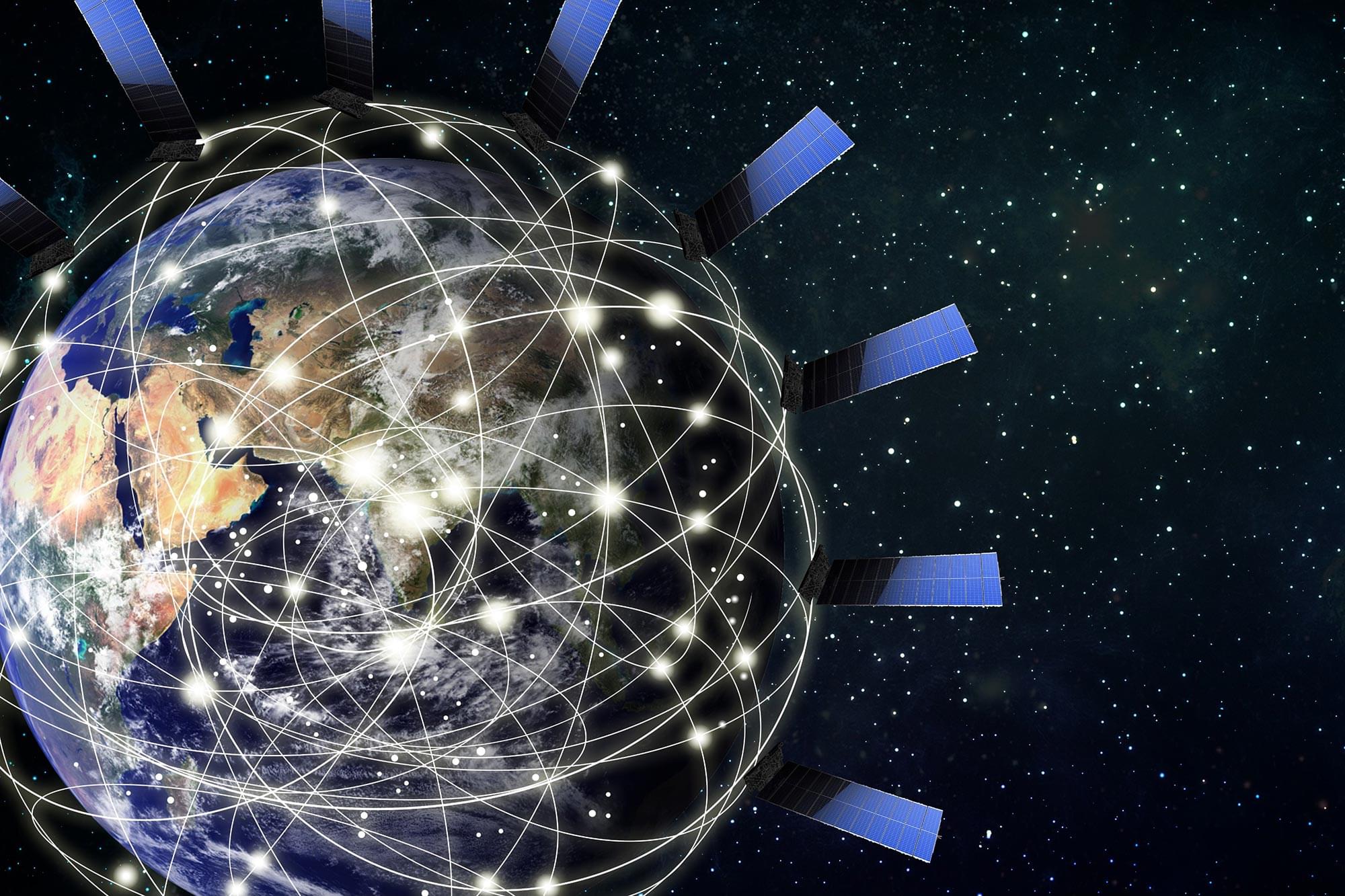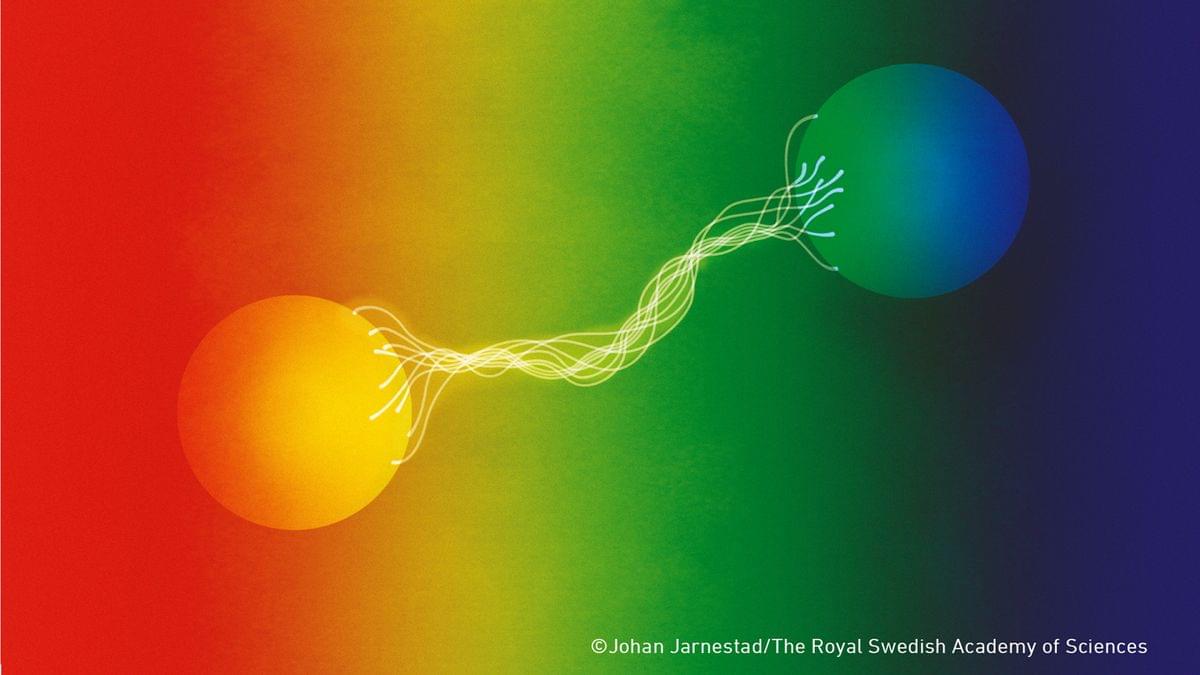The work sheds light on the web of hydrogen bonds that gives water its strange properties.


Can Tesla REALLY Build Millions of Optimus Bots? ## Tesla is poised to revolutionize robotics and sustainable energy by leveraging its innovative manufacturing capabilities and vertical integration to produce millions of Optimus bots efficiently and cost-effectively ## Questions to inspire discussion ## Manufacturing and Production.
S low model count strategy benefit their production? A: Tesla s speed of innovation and ability to build millions of robots quickly gives them a key advantage in mass producing and scaling manufacturing for humanoid robots like Optimus. + s factory design strategies support rapid production scaling? A: Tesla## Cost and Efficiency.
S vertical integration impact their cost structure? A: Tesla s AI brain in-house, Tesla can avoid paying high margins to external suppliers like Nvidia for the training portion of the brain. +## Technology and Innovation.
S experience in other industries benefit Optimus development? A: Tesla s own supercomputer, Cortex, and AI training cluster are crucial for developing and training the Optimus bot## Quality and Reliability.
S manufacturing experience contribute to Optimus quality? A: Tesla## Market Strategy.
S focus on vehicle appeal relate to Optimus production? A: Tesla## Scaling and Demand.

How will artificial intelligence affect the distribution of income and wealth this century? After falling through much of the 20th century, income inequality, measured as the fraction of income going to the richest 1% of residents, has been rising since the 1980s. The fraction has doubled in both China and the United States during that time, increased by 50% in Europe and one-third worldwide.
Industrialization dominated the economy before then, but starting in the ’70s and ’80s, capital took over as globalization increased, tax changes reduced progressivity and game-changing technologies were introduced rapidly.
The computer and personal computer revolution came first, followed by the Internet and the World Wide Web. Now artificial intelligence (AI) is beginning to make its mark in the world as a next-generation general-purpose technology.
Scientists have now cracked this secret using computational simulations and lab experiments, paving the way for bioengineered silk with game-changing applications, from medical sutures to ultra-strong body armor.
Spiders Strengthen Their Silk with Stretching
When spiders spin their webs, they use their hind legs to pull silk from their spinnerets. This pulling action does more than just release the silk—it strengthens the fibers, making the web more durable.

Unlocking New Data for Earth Observation
Reliable data is one of the most valuable tools in scientific research. The more data sources scientists can access, the more accurate their findings become. Until recently, researchers in navigation and satellite geodesy saw a major missed opportunity — while thousands of satellites in mega-constellations orbited Earth for communication purposes, their signals couldn’t be used for positioning or Earth observation.

A new mass malware campaign is infecting users with a cryptocurrency miner named SilentCryptoMiner by masquerading it as a tool designed to circumvent internet blocks and restrictions around online services.
Russian cybersecurity company Kaspersky said the activity is part of a larger trend where cybercriminals are increasingly leveraging Windows Packet Divert (WPD) tools to distribute malware under the guise of restriction bypass programs.
“Such software is often distributed in the form of archives with text installation instructions, in which the developers recommend disabling security solutions, citing false positives,” researchers Leonid Bezvershenko, Dmitry Pikush, and Oleg Kupreev said. “This plays into the hands of attackers by allowing them to persist in an unprotected system without the risk of detection.”


The world of wireless communications is on the brink of a major leap forward. With 6G promising blazing speeds and near-zero latency, the future of connectivity is closer than ever. However, harnessing terahertz waves—which could deliver these unmatched data rates—has been hampered by interference issues. A team of researchers has now turned the tide with a revolutionary electromagnetic absorber.

You can talk to an AI chatbot about pretty much anything, from help with daily tasks to the problems you may need to solve. Its answers reflect the human data that taught it how to act like a person; but how human-like are the latest chatbots, really?
As people turn to AI chatbots for more of their internet needs, and the bots get incorporated into more applications from shopping to health care, a team of researchers sought to understand how AI bots replicate human empathy, which is the ability to understand and share another person’s feelings.
A study posted to the arXiv preprint server and led by UC Santa Cruz Professor of Computational Media Magy Seif El-Nasr and Stanford University Researcher and UCSC Visiting Scholar Mahnaz Roshanaei, explores how GPT-4o, the latest model from OpenAI, evaluates and performs empathy. In investigating the main differences between humans and AI, they find that major gaps exist.
[TIME SUBJECT TO CHANGE] This is the eighth fully integrated test flight of Starship with its Super Heavy booster, the largest and most powerful rocket to ever fly. This is the second launch of the new Starship upper stage with many tweaks, bringing it closer to full functionality.
If all goes well, Starship will softly splashdown in the Indian Ocean about 66 minutes after it lifts off from Starbase, TX, having performed a Raptor relight test and deploying 4 Starlink mass simulators. SpaceX will hopefully be attempting to catch the Super Heavy booster with the launch tower again, which would be the third catch of the booster.
Want more information on how exactly they’ll catch Super Heavy? WATCH THIS — https://www.youtube.com/watch?v=pAPt5vbr-YU
Want to know where to watch this live? I made a video on how to visit Starbase and where to watch a launch from — https://youtu.be/aWvHrih-Juk.
Learn more about Everyday Astronaut Mission Control by Guinn Partners! — http://guinnpartners.com.
Want to support what I do? Consider becoming a Patreon supporter for access to exclusive livestreams, our discord channel! — http://patreon.com/everydayastronaut.